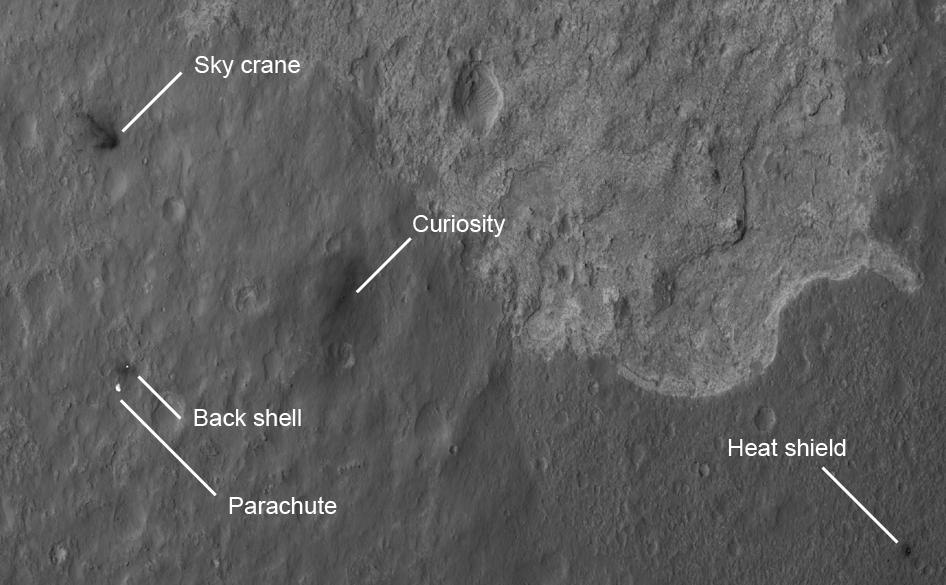There are tags for mars-science-laboratory and curiosity but I don't really understand how the Mars Science Laboratory begins and the Curiosity Rover begins conceptually, spatially, or chronologically.
Starting from the "Cruise stage" after MSL separated from the Centaur upper stage, could someone explain at which point various objects separated, and how the names evolved? I call the rover Curiosity, but is it also still part of MSL? Does the sky crane device have an official name? Are there any parts that are still in orbit around Mars?
I'm not looking for a recreation of Wikipedia's article on the Timeline of Mars Science Laboratory, just a "part count" and evolution of the names of each.
This question is motivated by my mulling of the phrase Mars Science Laboratory's Curiosity Rover, I'm still not sure if Curiosity is part of MSL, or an "offspring" mission, or what exactly the relationship between the two terms really is.

